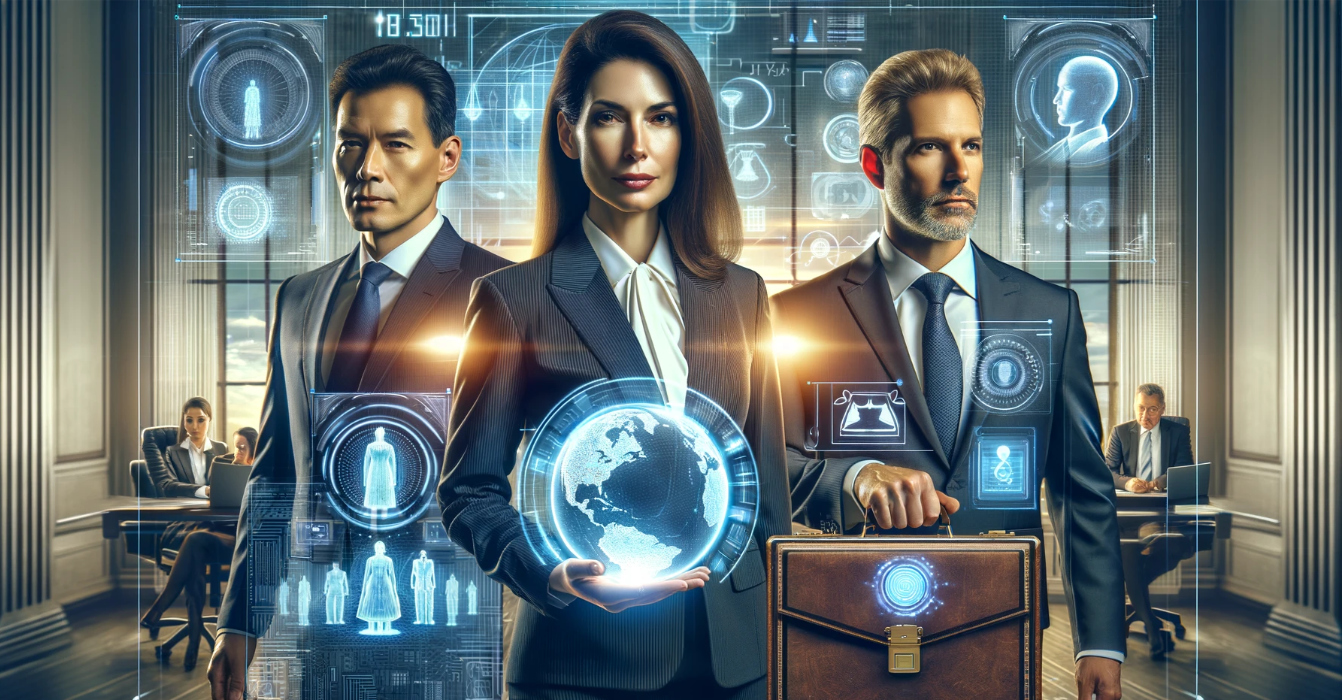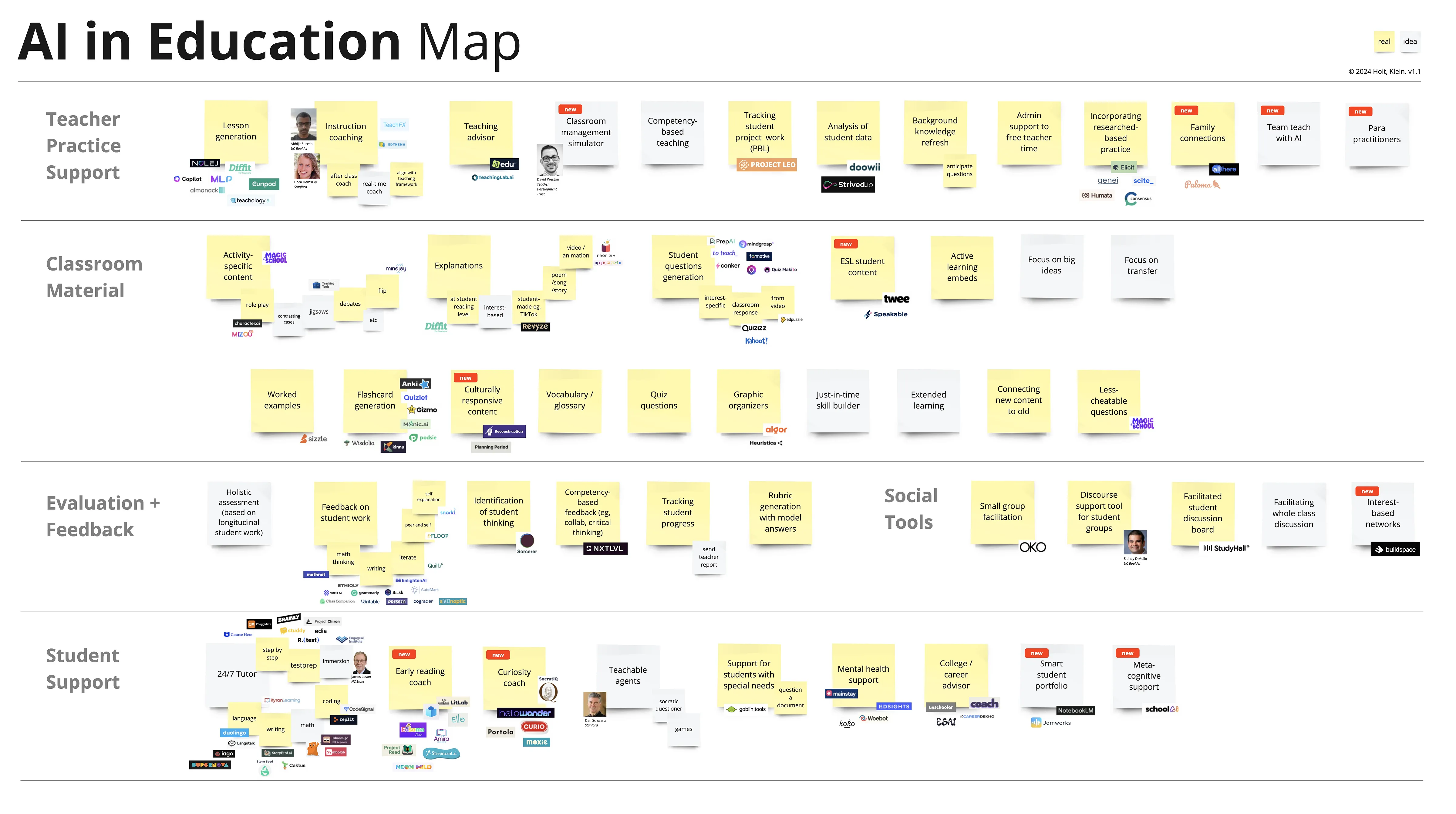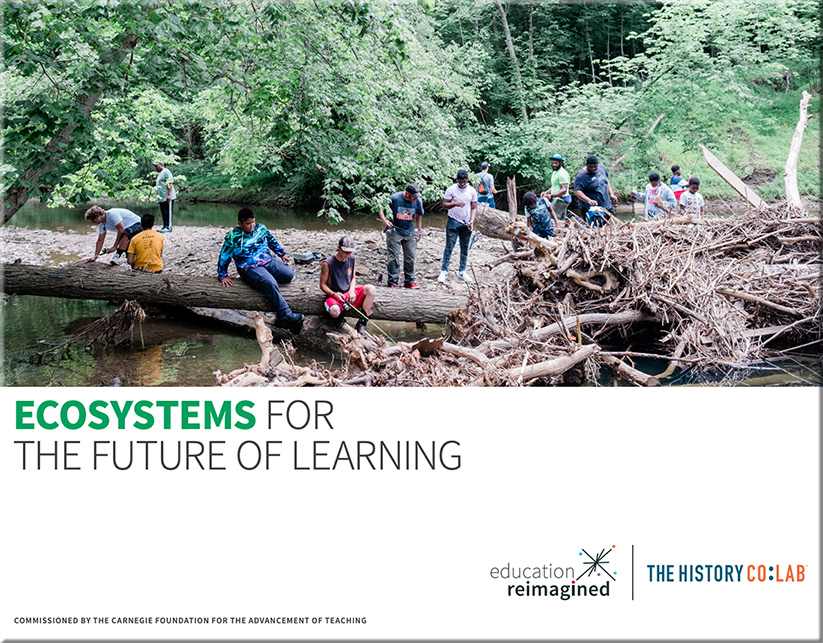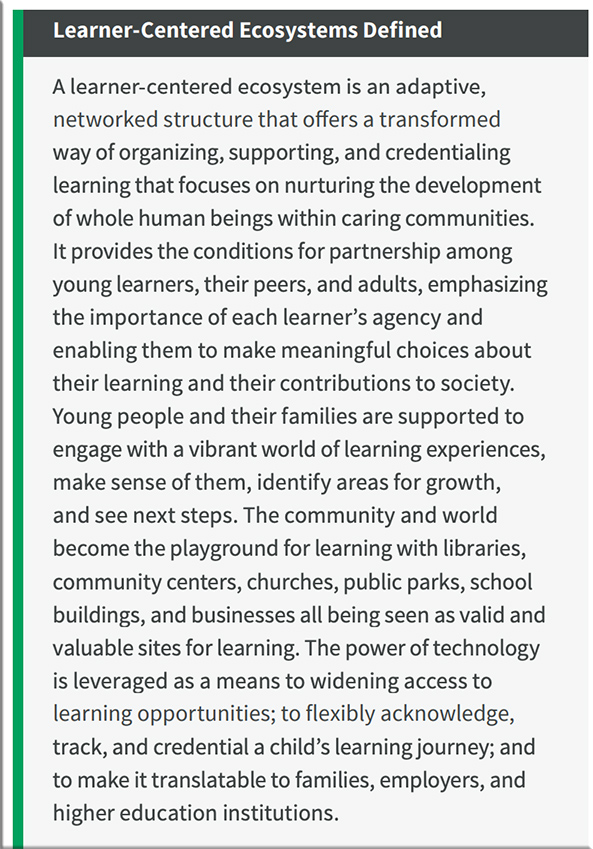Which AI should I use? Superpowers and the State of Play — from by Ethan Mollick
And then there were three
For over a year, GPT-4 was the dominant AI model, clearly much smarter than any of the other LLM systems available. That situation has changed in the last month, there are now three GPT-4 class models, all powering their own chatbots: GPT-4 (accessible through ChatGPT Plus or Microsoft’s CoPilot), Anthropic’s Claude 3 Opus, and Google’s Gemini Advanced1.
…
Where we stand
We are in a brief period in the AI era where there are now multiple leading models, but none has yet definitively beaten the GPT-4 benchmark set over a year ago. While this may represent a plateau in AI abilities, I believe this is likely to change in the coming months as, at some point, models like GPT-5 and Gemini 2.0 will be released. In the meantime, you should be using a GPT-4 class model and using it often enough to learn what it does well. You can’t go wrong with any of them, pick a favorite and use it…
From DSC:
Here’s a powerful quote from Ethan:
In fact, in my new book I postulate that you haven’t really experienced AI until you have had three sleepless nights of existential anxiety, after which you can start to be productive again.
Using AI for Immersive Educational Experiences — from automatedteach.com by Graham Clay
Realistic video brings course content to life but requires AI literacy.
For us, I think the biggest promise of AI tools like Sora — that can create video with ease — is that they lower the cost of immersive educational experiences. This increases the availability of these experiences, expanding their reach to student populations who wouldn’t otherwise have them, whether due to time, distance, or expense.
Consider the profound impact on a history class, where students are transported to California during the gold rush through hyperrealistic video sequences. This vivifies the historical content and cultivates a deeper connection with the material.
In fact, OpenAI has already demonstrated the promise of this sort of use case, with a very simple prompt producing impressive results…
The Empathy Illusion: How AI Agents Could Manipulate Students — from marcwatkins.substack.com by Marc Watkins
Take this scenario. A student misses a class and, within twenty minutes, receives a series of texts and even a voicemail from a very concerned and empathic-sounding voice wanting to know what’s going on. Of course, the text is entirely generated, and the voice is synthetic as well, but the student likely doesn’t know this. To them, communication isn’t something as easy to miss or brush off as an email. It sounds like someone who cares is talking to them.
But let’s say that isn’t enough. By that evening, the student still hadn’t logged into their email or checked the LMS. The AI’s strategic reasoning is communicating with the predictive AI and analyzing the pattern of behavior against students who succeed or fail vs. students who are ill. The AI tracks the student’s movements on campus, monitors their social media usage, and deduces the student isn’t ill and is blowing off class.
The AI agent resumes communication with the student. But this time, the strategic AI adopts a different persona, not the kind and empathetic persona used for the initial contact, but a stern, matter-of-fact one. The student’s phone buzzes with alerts that talk about scholarships being lost, teachers being notified, etc. The AI anticipates the excuses the student will use and presents evidence tracking the student’s behavior to show they are not sick.
Not so much focused on learning ecosystems, but still worth mentioning:
The top 100 Gen AI Consumer Apps — from a16z.com / andreessen horowitz by Olivia Moore











.webp)








